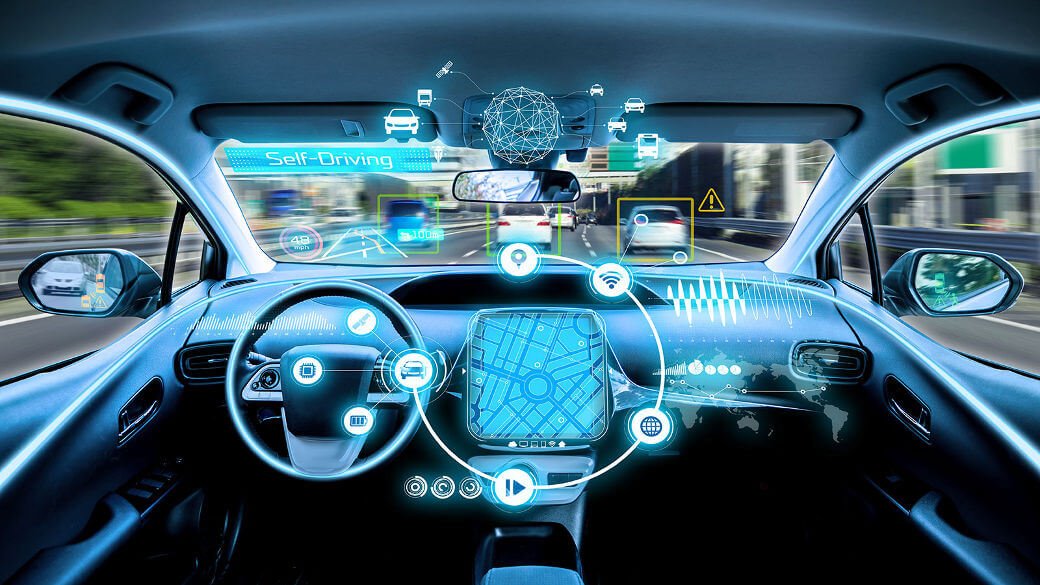

Image credit: ARM
Most auto makers may be investing heavily in automated vehicles, but technical and safety challenges mean production-ready systems are more than ten years away, engineers have said in a study by analyst firm Forrester.
The report highlights the challenges of turning the complex AI-powered systems being widely tested today into machines fit for the road, and emphasises the importance of collaboration within the industry to tackle those challenges.
Industry watchers have in the past pointed out the regulatory and safety issues that will have to be overcome to put automated vehicles on roads, but in the study engineers highlighted more basic technical concerns around properly functioning software, component costs and ensuring systems can withstand cyber-attacks.
Some 48 percent of those taking part in the study said they saw difficulties in ensuring vehicles were reliable, with other top concerns being manufacturing efficiency, dealing with functional safety needs and keeping costs low.
In spite of broad “enthusiasm” in the industry, only 20 percent of those surveyed said they had a reliable prototype being prepared for production.
Compliance with a regulatory environment that does not yet exist was another concern in the design process, respondents said.
Forrester conducted surveys with 54 individuals at firms involved in the automated vehicle industry around the world, including in the US, Europe and Asia, with more than 90 percent distributed evenly across Level 1, 2, 3 and 4 vehicles – those that aren’t fully automated – and the rest working on Level 5, or fully automated vehicles.
The surveys were supplemented with five in-depth interviews with engineers at leading manufacturers and suppliers in the automated vehicle industry.
“While most have developed prototypes, many are struggling to translate prototypes into safe, secure and affordable production-level designs,” Forrester noted in the report.
One engineer, the director of automated driving programmes at a participating company, said that the sensor technology and algorithms needed for automated vehicles doesn’t yet exist, while another said most of the the major makers of sensors haven’t previously been involved in high-volume production.
“There’s going to be a lot of handholding by the OEMs because these tech companies have to learn how to get things into production,” the interviewee said. “And to survive 10 years and 150,000 miles – the industry is going to have issues they didn’t think of.”
The components in automated cars would need to be “almost military-grade robust”, one interviewee said, pointing out current problems with reliability and fault-tolerance.
Another engineer told Forrester it would be more than 10 years before AI systems would be able to make driving decisions that were safer than humans in any situation, adding that “the computer is going to have to be at least a factor of 10 better than what a human can do before the public will accept it”.
One respondent said he could see the way to 96 to 97 percent of full autonomy, but that the remaining 3 to 4 percent would be exponentially more difficult to achieve.
Robert Day, director of automotive systems at ARM, which commissioned the study, pointed out that at the present time test systems are still disengaging due to issues such as the curvature of the road, and are exhibiting flaws such as “inappropriate trajectory and acceleration”.
Day acknowledged that the first self-driving cars are likely to be deployed in restricted or controlled environments, but he said the challenges highlighted in the study can all be solved.
“The question is not ‘if’ but ‘when’ on autonomous vehicle fleets,” Day said in a blog post.
Forrester recommended companies collaborate on automated vehicle development, particularly on software and hardware.
It said software and hardware should be developed in tandem, with functional safety and security in mind from the beginning.
Nvidia to partner with TSMC, Foxconn, Wistron, Amkor and SPIL to build $500 billion (£377…
American think tank warns about possible threat to US defence, after China imposes rare earth…
China is reportedly pursuing three alleged US NSA operatives, after cyberattacks on Chinese infrastructure
Chip making giant ASML mirrors other equipment makers, and outlines financial impact of Donald Trump's…
AI is transforming cybersecurity, offering faster defence and smarter attacks. Learn how businesses can harness…
Search engine giant being sued for £5 billion ($6.64 billion) damages over allegations for online…